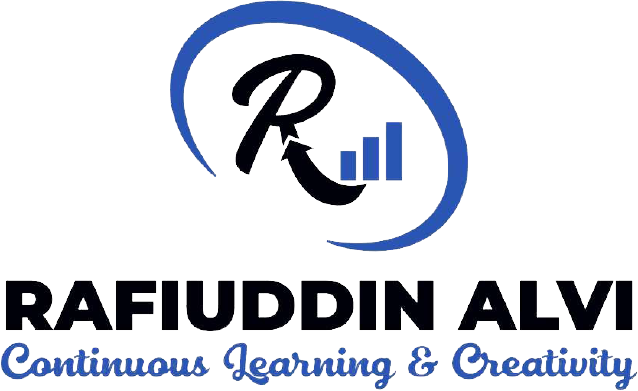
Introduction:
The agile method is gaining immense popularity among businesses because of its simple, adjustable, and flexible approach. Passing the PMP exam with flying colors is equally important for every Project Management Professional. Therefore, a better understanding of how to answer Agile related questions during the PMP exam is a must. In this article, we will discuss the best possible methods to answer Agile questions in PMP exams.
A Simple Guide to answer Agile questions in PMP
1. Know the basics of the Agile Method:
Before we delve deeper into Agile questions, it is crucial to understand its basics first. Agile focuses on iterative growth, coordination, and a customer-centered approach. First of all, you should get to know the most common terms used in Agile, such as Scrum, Kanban, and Lean. Understanding how Agile is far different from the old project management methods is also crucial.
2. The Principles of Agile Manifesto:
The Agile Manifesto comprises four fundamental values and twelve principles that serve as an Agile Manual. Understanding the concept behind these principles is essential. You should be well aware of principles like “Customer collaboration over contract negotiation” and “Responding to change over following a plan.” Relating it to real-world scenarios is advised to make your answer sound better.
3. Compare Different Agile Approaches:
There are different strategies and methodologies for different problems when you are following the approach. Agile doesn’t believe in the “one-size-fits-all” method, as solving unique problems with one traditional method is highly unfair.
You should be able to differentiate the characteristics of famous Agile frameworks like Scrum, Kanban, and Extreme Programming (XP). Identify their distinctive practices, functions, and ceremonies. Once you get complete knowledge about these methodologies and their applications, it will automatically assist you in answering the exam questions well.
4. Adopt Agile Practices:
Actively adapting Agile practices gives you a deep insight into Agile methods and enables you to answer the questions based on these methods. These practices commonly include routine meetings, sprint planning, sprint reviews, and retrospectives. To ace the PMP exam questions, learn each practice better and see how it contributes to the continuous advancement in the industry.
5. Embrace Change:
Change is always welcomed in Agile. Learn how Agile adapts change to evolve the project’s outcome. Agile also manages change through different methods like backlog refinement and adaptive planning. Understanding the value of a flexible approach while compensating for stakeholder and customer expectations is a plus point.
6. The solution to Agile Challenges:
Agile projects also face many challenges, as other projects do. You should have hands-on knowledge and experience about the most common hurdles like scope creep, conflicting priorities, and resistance to change. Making yourself familiar with Agile strategies to overcome these challenges is the best way to answer such questions.
7. Answer Real-Life Scenario Questions:
There are specific questions in the PMP exam that are based on real-life scenarios. In order to answer these questions well, you should apply Agile principles and strategies and make informed decisions. If you have a good knowledge of Agile plus some experience handling work as a Project Manager, you can answer these questions well with your real-life experiences.
Enroll in our “PMI® Approved PMP® Boot Camp” Course today.
Are you ready to get Certified in your first attempt?
Learn from our professional PMP trainer, Rafiuddin Alvi. A renowned project management expert and your personal PMP Trainer with PMP Exam Coach.
Book a LIVE session today.
Conclusion:
By getting knowledge of all these concepts, you will be better prepared to answer Agile questions in your PMP exam. Keep practicing and following the Agile approach to be aligned with Agile Principles.

